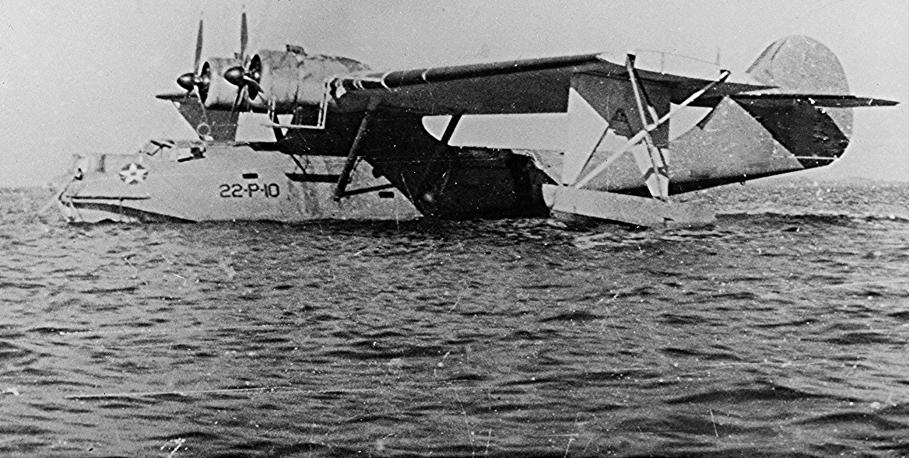
- This event has passed.
History Presentation and PBY Flight Demonstration
September 14, 2024
History Presentation and PBY Flight Demonstration
Operation Flight Gridiron – A Daring PBY Rescue
Saturday, September 14, 2024
Doors Open at 8am Presentation Starts at 9am
One of the longest rescue missions of WWII was conducted from Perth, Western Australia by U.S. Navy Patrol Wing 10 using PBY Catalina flying boats. The mission was codenamed Operation Flight Gridiron. The overall roundtrip was 6,464 miles.
In late April 1942 two PBYs set out from Perth, bound for the Philippines where Japanese Army and Naval forces had just overrun U.S. forces stationed on the main Island of Luzon. The objective of the mission was to rescue 50 key personnel from the small Island of Corregidor just off the Luzon coast. The PBYs were also bringing much needed medicine and other key supplies to the American and Philippine forces that would be left behind.
The PBYs took off on April 27th, 1942, and returned to Perth on May 2nd and 3rd, 1942. The round trip to Corregidor and back required four re-fueling stops enroute, two of them on a lake on the southern Philippine island of Mindanao, surrounded by the Japanese.
On the night of April 29th, 1942, the PBYs landed on the water just offshore from Corregidor. Boats were used to rapidly unload supplies and transfer the evacuees into the two sea planes. Then the long journey back to Perth began. Along the way, one PBY was damaged during a lake takeoff that required temporary makeshift repairs. The undamaged plane took 5 ½ days to complete the mission and the damaged plane took 6 ½ days. Of the nearly 6,500 miles flown on the mission, 3,900 of those miles were in Japanese controlled airspace.
On Saturday, September 14th at 9:00 am, retired Navy officer and current museum volunteer Rob Gale will present the incredible story of Operation Flight Gridiron and the courageous naval aviators and crewmen who participated in it. Weather permitting, the presentation will be followed by a flight demonstration of the museum’s own PBY Catalina.


